
The skin is one of the largest organs in the body and acts like a sponge, absorbing substances every time we lather, spray, apply cosmetics and other skincare products. Over the past decade there has been a growing increase in personal and environmental awareness, leading consumers to question the quality and source of ingredients used in beauty products and their possible effects on human health and the environment. A recent survey in the US showed that more than 6 in 10 women now read beauty product labels before purchasing.
Greener cosmetics are the new face of the beauty industry
The search for greener cosmetics is changing the face of the beauty industry. Globally, more and more women perceive buying natural products as important. Millenials, considered one of the US’s largest consumer populations, buy cleaner all natural personal care products. This change in behavior has led to an increase in the organic personal care and cosmetic world market, which is expected to reach $19.8 billion by 2022.
The compound annual growth (CAGR), the average growth over a period of time, is registered at 10.2% from 2016 to 2022. Across the globe, North America is the largest market, accounting for approximately 35% of the global market revenue.
Organic Labelling
Products claiming to be organic need to be certified by the US Department of Agriculture (USDA) under strict production and labeling requirements. USDA defines labels for products according to the percentage of organic contents:
- 100% organic. All the ingredients, including the processing aids are certified organic.
- Organic products. All agricultural ingredients must be certified organic, except where specified on National List. The non-organic ingredients allowed per National List may be used, up to a combined total of five percent of non-organic content (excluding salt and water).
- “Made with” organic. Multi-ingredient agricultural products with at least 70% organic ingredients.
- Specific organic ingredients. Multi-ingredient products with less than 70 percent certified organic content (excluding salt and water) don’t need to be certified.
Skin and hair care products remain high in demand amongst personal care trends, while anti-aging, UV protection, revitalizing and nourishing properties are some of the features that consumers look for in beauty products.
Natural Cosmetic Ingredients offered by NP Nutra®
Studies have shown that plant-based ingredients are effective in formulations and can offer protection from UV rays and anti-aging benefits. NP Nutra® offers a variety of premium natural ingredients suitable for formulating clean, green, cruelty-free cosmetics and personal care products including:
| Image | NP Nutra Ingredient | Benefits and Possible Applications |
|---|---|---|

|
Acai Juice Powder (organic) AcaiVida® (Acai Juice Powder) | Antioxidant, anti-aging, gives skin extra protection Commonly found in moisturizers and creams. Also used in hair, skin, and body products. |
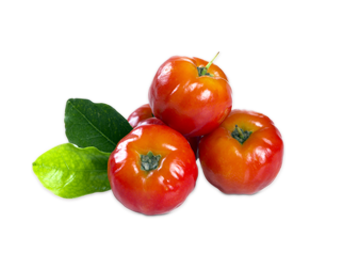
| Acerola Juice Powder 25% Vit. C | Acerola contains various mineral salts that can help revitalize stressed and tired skin. It is also an antioxidant with skin hydrating properties. |

|
Alfalfa Grass Powder (organic) Alfalfa Juice Powder (organic) | Alfalfa is an antioxidant. Its extract is used in skin care products, for its fragrance and foaming properties. |
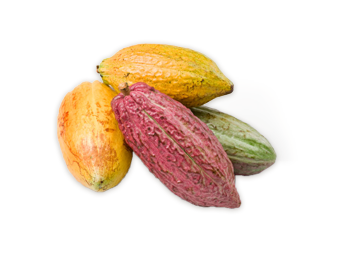
| Cocoa Powder (organic) | Cocoa is rich in flavonoids which help reduce UV sensitivity and anti-aging. It is used in skin and hair care products. |
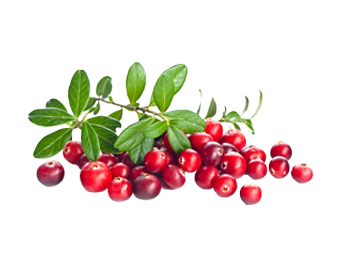
| Cranberry Juice Concentrate | Cranberry is used in cosmetics primarily for its antioxidant properties. It is used for body wraps and facemasks. |
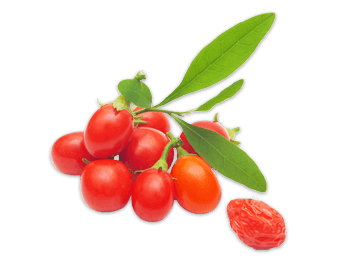
|
Goji Juice Powder (organic) Goji P.E. Powder 20% Polysaccharides | Contains anti-aging properties that improve skin tone. It is used in many skin care and hair care products and cosmetics. |
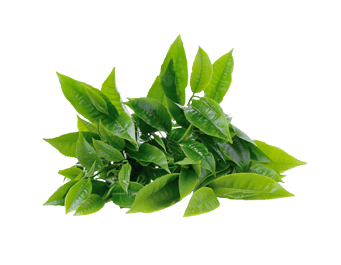
| Matcha Green Tea Powder (organic) | Containing high antioxidant and anti-inflammatory properties, Green tea is used in many skin care and cosmetic products. |
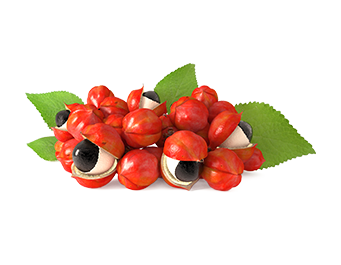
| Guarana P.E. 9-11% (organic) | Used in skin care and anti-aging products for its toning and astringent properties |
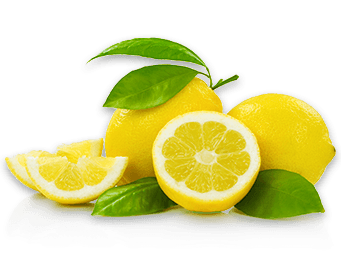
| Lemon Juice Powder (organic) | Lemon Juice is used in skin care primarily for its astringent and clarifying properties. |
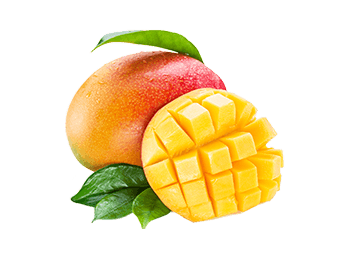
| Mango Juice Powder | Mango juice is used a natural coloring in cosmetics like body butter, creams and lip balm, providing a golden color. It is also used to improve skin tone. |
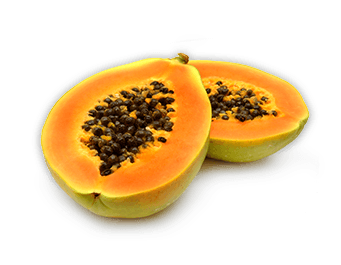
| Papaya Juice Powder (organic) | Papaya is used to treat acne and soften the skin. It is high in beta carotene which enriches and rejuvenises the skin. It is used in many skin care products like soap, face packs, scrubs and masks. |
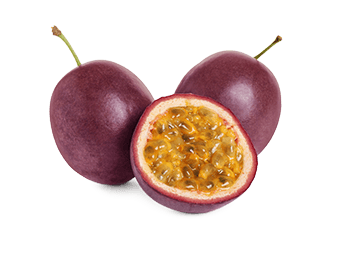
| Passionfruit Juice Powder | Passion fruit is used in cosmetics and skin care products for its natural fragrant aroma. It contains Piceatannol which is responsible for promoting skin regeneration and lightening. |
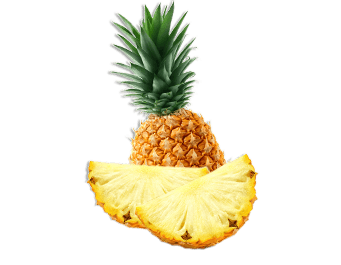
| Pineapple Juice Powder | According to studies, Pineapple may help lighten areas of pigmentation. It can be found in face masks and products used to lighten skin. |
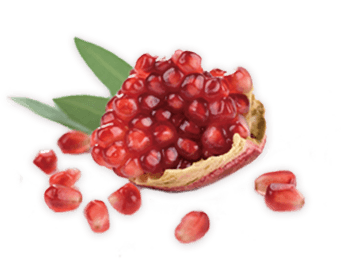
| All Pomegranate products | Pomegranate is high in antioxidant and anti-aging properties, used in various skin care and cosmetic products. |
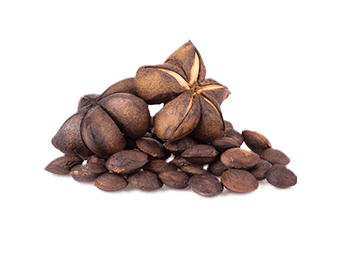
|
SachaOmega® (Sacha Inchi Oil, organic) | SachaOmega® oil is used as a binding medium and a lathering agent for soap. It has a nourishing and moisturizing effect on the skin, nails and hair. |
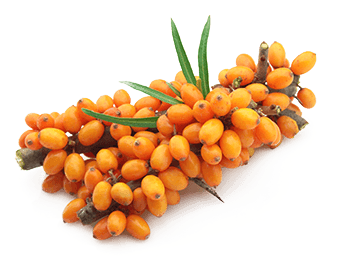
| Sea Buckthorn Juice Powder (organic) | Valued for its rejuvenating, restorative and anti-aging properties. |
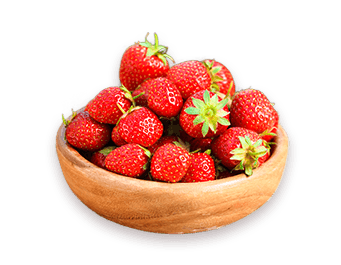
| Strawberry Juice Powder | Studies on strawberries used in skin care and cosmetics have shown that it has antioxidant properties and may help protect the skin from UV damage. |
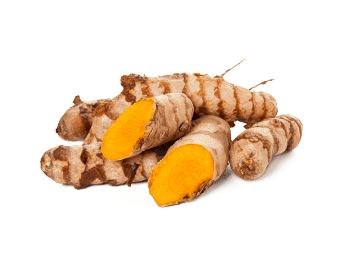
| Turmeric Root Powder (organic) | Turmeric has different uses in natural cosmetics aside from its vibrant color. It has strong anti- inflammatory and antibacterial properties. |
For more information on cosmeceutical ingredients and samples, please contact your personal Account Manager.
References:
https://www.marketwatch.com/story/organic-personal-care-and-cosmetic-products-market-is-expected-to-reach-198-billion-globally-by-2022-2017-01-18-92033155
https://www.ams.usda.gov/sites/default/files/media/Labeling%20Organic%20Products.pdfhttps://www.ncbi.nlm.nih.gov/pmc/articles/PMC4145303/





